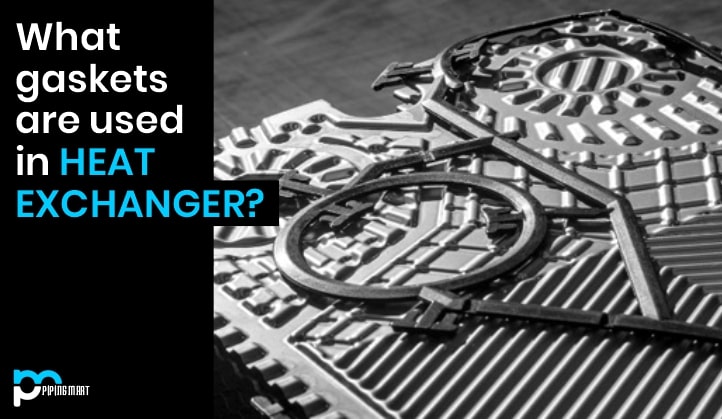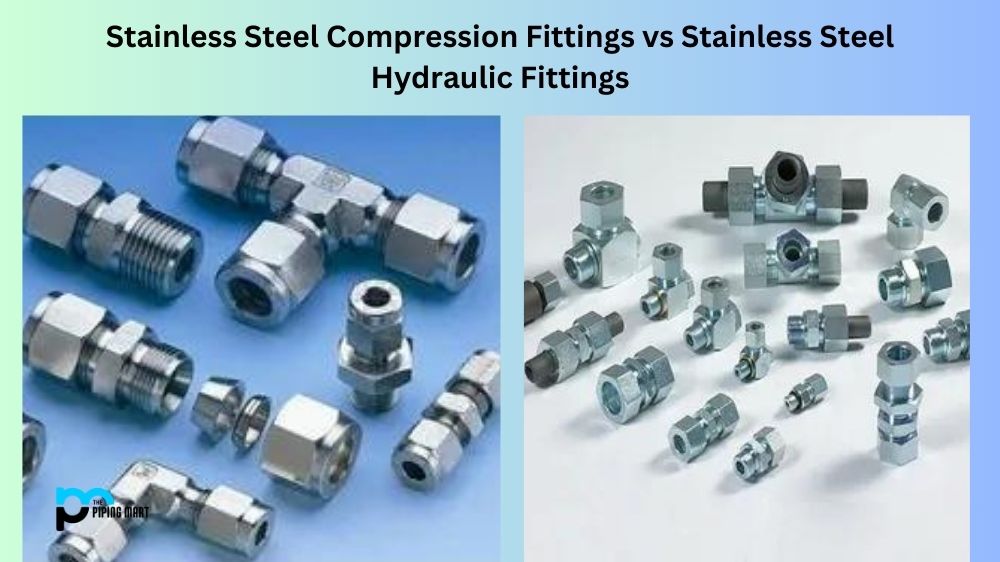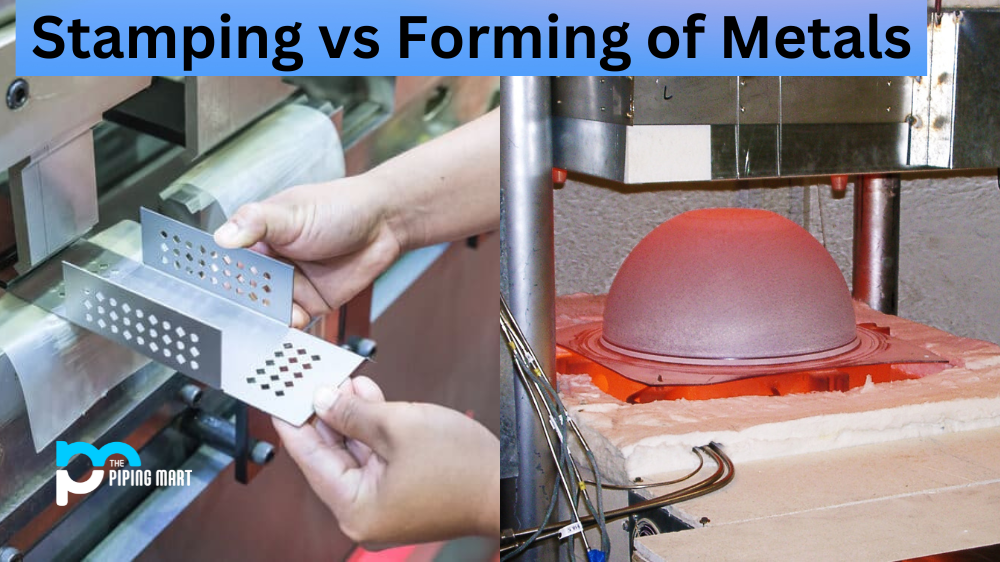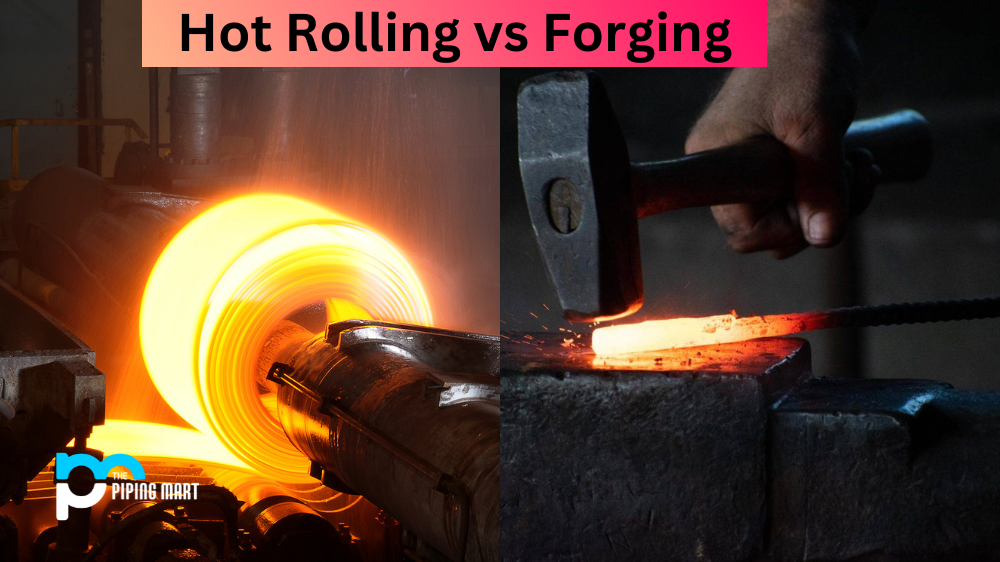A gasket is a mechanical seal that fills the gap between two or more joining surfaces, usually to avoid leakage when under strain from or onto the joined objects. Gaskets require mating surfaces that are “less than optimal” on machine parts where defects can be filled in. Inadequate or excessive gasket tension is a common concern because of the variety of heat exchanger models. Gaskets which are too large will create inadequate tension. The solution to this issue is to shorten the gasket, contributing to improved seating friction and improved sealing. Most seating stress-poor heat exchangers can only be repaired by looking at the dimensions and measuring the tension. With excessive gasket stress you may have too much bolt load leading to harm of the graphite sealing feature. In this case, the best choice is to the width of the bolts and maybe even to change the bolting material to one that has more width at a lower yield.
In a flange assembly the gasket is a main factor. As stated in Heat Exchangers ‘Mechanical Architecture, the flanges are made up of three sub-components. Under bolting up and working conditions the dynamic relationship between these sub-components decides the flange’s effective operation. However, some leaking happens through the gasket, and it is for this reason that it attracts the most coverage. A wide range of gasket materials and types are used, most of them compliant with national requirements defining consistency and measurements.
What is the heat exchanger gasket?
Heat exchanger gaskets are available in several models based on the sort of heat exchanger and its application. One can use the metal jacketed, cam profile, and plate type of heat exchanger gaskets for simplicity. Along with this, each type of gasket has numerous configurations. Several companies manufacture a wide range of gaskets, including shell, tube, plate, and frame heat exchangers gaskets. These gaskets are useful in operations involving steam generation and heating or cooling processes.
Types of gaskets
High-Temperature Gaskets
High-temperature gaskets are a crucial component in industries that operate under extreme heat conditions. These gaskets help to seal joints and prevent leaks, ultimately ensuring that the equipment remains safe and functional. From automotive to aerospace, power generation to chemical processing, high-temperature gaskets are required for the efficient functioning of a variety of equipment. However, not all gaskets are created equal. It’s important to choose the right type of gasket that can withstand the specific temperature and pressure requirements of your equipment. With advancements in technology, there are now a variety of high-temperature gaskets available that can handle even the most extreme conditions. Investing in the right gasket can help to improve equipment performance, reduce downtime, and increase safety.
Sponge Gaskets
Sponge gaskets may not be the most glamorous topic, but they are incredibly important for a whole host of applications. The flexible nature of sponge gaskets allows them to create a tight seal between two surfaces, preventing moisture, dust, and other particles from entering. This makes them ideal for use in everything from automotive engines to HVAC units. Their ability to form to irregular surfaces also makes them an excellent choice for sealing doors and windows in a range of different industries. Despite their simple appearance, sponge gaskets play a vital role in ensuring that numerous products function as they should.
Metallic & Semi-Metallic Gaskets
Metallic and semi-metallic gaskets are becoming increasingly popular in industrial applications as they provide a more robust sealing solution compared to other gasket materials. These gaskets can withstand high temperatures, aggressive chemicals, and high-pressure environments, making them a crucial component of many industrial processes. Their metallic properties also ensure durability and longevity, resulting in a cost-effective solution for companies in the long run. Additionally, the variations in every semi-metallic gasket allows for customizable options for each specific application. The exceptional performance of metallic and semi-metallic gaskets highlights their importance in maintaining the overall safety and efficiency of different systems.
Plastic Gaskets
Plastic gaskets, while often overlooked, play a crucial role in keeping machines and devices running smoothly. These small rings or seals create a tight seal between two surfaces, preventing fluid or air leaks that can wreak havoc on machinery. They are commonly used in automotive, aerospace, and manufacturing industries, and are available in a range of materials, including silicone, neoprene, and polyurethane, to meet varying needs. While plastic gaskets may not be the flashiest component in a machine, they are undoubtedly one of the most important, helping to ensure the longevity and reliability of countless devices and systems.
PTFE Gaskets
PTFE gaskets are a crucial component in many industrial applications. These gaskets are made from polytetrafluoroethylene, a material that is known for its outstanding properties of chemical resistance, high temperature resistance, and low friction. PTFE gaskets are used in industries ranging from oil and gas to pharmaceuticals. They are designed to withstand high pressure and extreme temperatures, making them ideal for use in demanding environments. Whether you are looking for an efficient sealing solution for your industrial processes or simply want a gasket that offers long-lasting performance, PTFE gaskets are a top choice. With their excellent properties and versatility, they ensure optimal performance and reliability.
Rubber Gaskets
Rubber gaskets may not be the most glamorous part of machinery, but they are incredibly important. Without gaskets, machines would leak oil, coolant, and other fluids that are critical to their operation. These small but mighty mechanical components form a seal between two joint surfaces, keeping fluids contained and preventing contamination. From cars to industrial machinery, rubber gaskets are used in a wide range of applications and come in many shapes and sizes. With the right type of gasket, machines can run more efficiently, reducing costs and downtime. In short, rubber gaskets are the unsung heroes of the mechanical world, quietly doing the important job of keeping everything running smoothly. The first material used was natural rubber; now, synthetic rubbers are commonly available in many grades.
Spiral wound Gaskets
These gaskets are made of stainless steel or high alloy sheet metal, with a non-metallic filler wrapped in a cone. This can be made in a broad range of materials and are suitable for high integrity gaskets. It indicates a gasket with the addition of strong rings to allow stress stoppage and position stoppage on the bolts. The internal ring can be fitted with partition bars.
Solid metal joints Gaskets
They are available in a variety of parts, e.g., rectangular or octagonal, or as patented versions used for high pressure applications. The surface finish of the flange is critical to obtaining leak-free gasket. The finish should be selected to match the particular gasket used, and if necessary the gasket manufacturer involved. One of the most popular endings is a “gramophone” stop.
What is the suitable material for Heat Exchanger Gasket?
To fabricate tube and shell exchanger gaskets, one can use a soft, resilient material shrouded with metal. The selected material provides additional mechanical strength. Metal clad gaskets are applied frequently in combination with narrow flanges. The combination produces a robust and resilient gasket that can be useful in complex shapes
Types of Gasket materials
Several gasket materials are available and known for their consistency and measurements. Variety of materials are available for the production of gaskets, and its list includes the following:
Fiber jointing compressed asbestos.
This became the most commonly used material for low pressure operation, but substitutes are now being pursued as manufacturers and operators are seeking to limit their use of asbestos.
Compressed synthetic fiber jointing.
This current collection of gasket products uses Kevlar, a Du Pont registered trademark, and glass fiber with elastomeric binders, and is an attempt to substitute CAF.
Graphite foil.
The content consists of approximately 100 per cent laminated graphite to allow it handling and power of service to a metal heart.
Rubber gaskets
For the manufacturing of rubber gaskets, natural rubber is useful, but nowadays synthetic rubber is preferred.
Metal jacketed asbestos.
A will swap gasket, because it can be fitted to multipack heads with integrated move partition bars. It shows the asbestos millboard core which is covered by a metal jacket and can be produced from a variety of materials
Key Features of Heat Exchanger Gaskets
Heat Exchanger Gaskets are available in the custom form to give accurate and smooth assembly of gasket obstruction bars into the tube sheet channels. Additionally, weld-in bar exchanger gaskets allow advantages over one-piece gaskets with complete bars and a long sealing life. They have bars seal separately from the outer ring. All the heat exchanger gaskets are available in customized designs following API 601 for ANSI B 16.5 and API 605.
Manufacturing of Metal Jacketed Heat Exchanger Gaskets
Metal jacketed heat exchanger gasket is one of the suitable gaskets in heat exchanger operations. It is useful in circular and non-circular format and available in standard and non-standard sizes. For these gaskets’ production, various standards are suitable that include API, ANSI, DIN, and BS standards. The operating conditions and the mechanical features of the flanged assembly decide the style of gasket and metal. Besides, these gaskets are available in a custom format based on operational specifications. Metal jacketed heat exchanger gaskets are fabricated to fit in and offer an efficient seal.
Conclusion
The gasket is set in a facing flange. A completely enclosed facing has machined steps inside and outside the gasket to provide maximum blowout or extrusion position and protection. This facing has the highest integrity, it often uses partial or unconfined facings for lower pressure / integrity.

Pipingmart is B2B portal specializes in industrial, metal and piping products. Also, share latest information and news related to products, materials and different types grades to help business dealing in this industry.




